Hard court tennis shoes have become an essential part of the sports footwear market, catering to the specific needs of tennis players who require durability, support, and performance on hard surfaces. This article delves into the current market trends, key players, and consumer preferences shaping the hard court tennis shoe industry.
Table of Contents:
– Market Overview
– Innovative Materials and Design
– Technological Features Enhancing Performance
– Comfort and Safety: A Priority
– Customization and Personalization
Market Overview
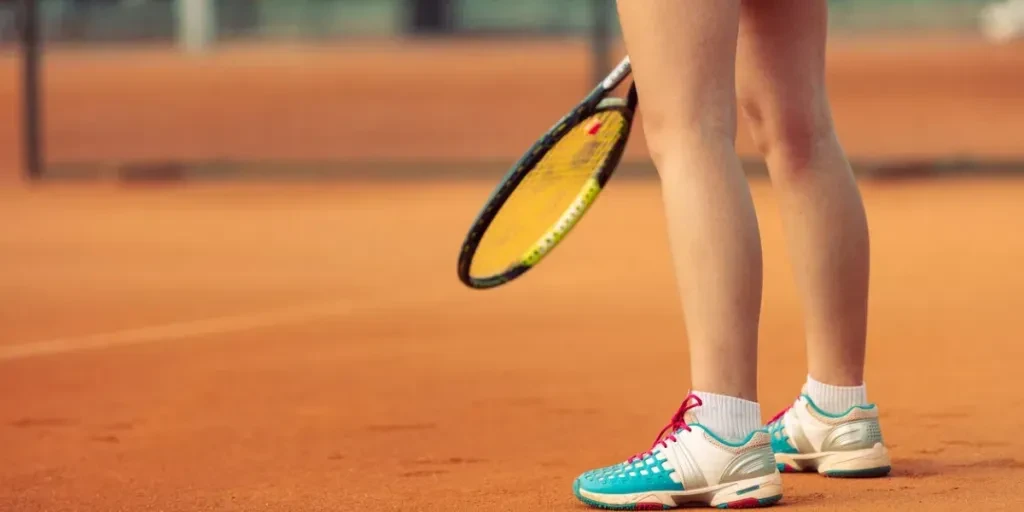
Current Market Trends
The global tennis shoes market, including hard court tennis shoes, has seen significant growth in recent years. According to a report by Research and Markets, the market size reached USD 2.4 billion in 2023 and is expected to grow at a CAGR of 2.88%, reaching USD 3.1 billion by 2032. This growth is driven by the increasing participation in tennis, the rising popularity of the sport, and the growing adoption of tennis in schools and colleges.
One of the key trends in the market is the shift towards online retailing. With the rise of e-commerce platforms, consumers find it more convenient to purchase tennis shoes online, benefiting from a wider selection and competitive pricing. However, the proliferation of counterfeit products remains a challenge, affecting consumer trust and brand reputation.
Key Players in the Market
The hard court tennis shoe market is dominated by several key players who continuously innovate to meet the evolving demands of consumers. Leading brands such as Nike, Adidas, ASICS, and New Balance have established a strong presence in the market. These companies invest heavily in research and development to introduce new technologies and materials that enhance the performance and comfort of their products.
Nike, for instance, has been at the forefront of innovation with its advanced cushioning technologies and lightweight materials. Adidas, on the other hand, focuses on sustainability by incorporating recycled materials into their shoe designs. ASICS is known for its emphasis on ergonomic design and support, catering to the specific needs of tennis players.
Consumer Preferences and Demands
Consumer preferences in the hard court tennis shoe market are influenced by several factors, including performance, comfort, durability, and style. According to a report by Research and Markets, there is a growing demand for shoes that offer superior shock absorption, lateral support, and traction. These features are crucial for preventing injuries and enhancing performance on hard courts.
Additionally, consumers are increasingly looking for shoes that provide a balance between functionality and aesthetics. The rise of athleisure trends has made it important for brands to offer stylish designs that can be worn both on and off the court. Customization options, such as personalized colorways and fit adjustments, are also gaining popularity among consumers who seek a unique and tailored experience.
Innovative Materials and Design
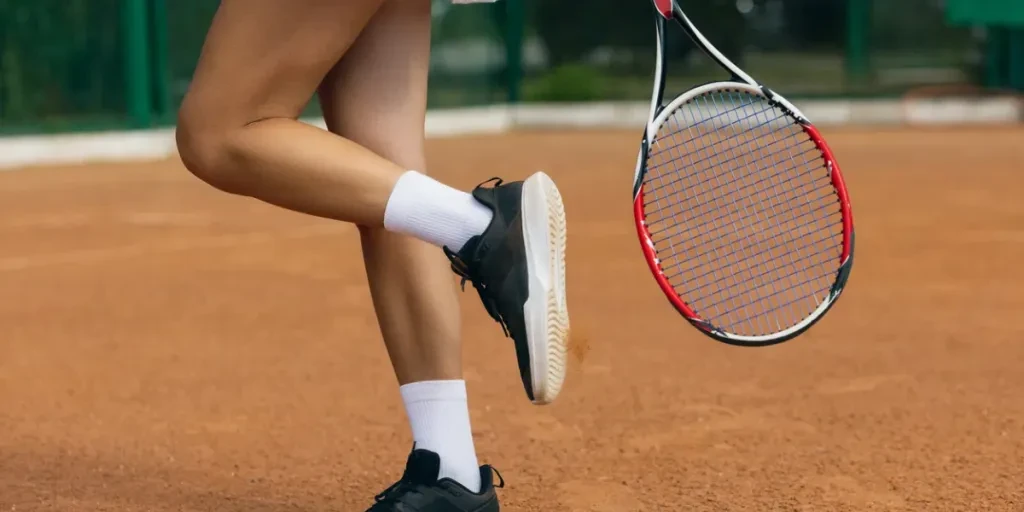
Advanced Materials for Durability and Performance
The evolution of hard court tennis shoes has been significantly influenced by the introduction of advanced materials that enhance both durability and performance. Modern tennis shoes are now crafted using a combination of synthetic mesh, knit materials, and high-quality leather. These materials are chosen for their ability to withstand the rigorous demands of hard court play while providing the necessary support and flexibility.
Synthetic mesh and knit materials are particularly favored for their breathability and lightweight properties. These materials allow for better air circulation, keeping the feet cool and dry during intense matches. Additionally, they offer a degree of flexibility that traditional materials like leather cannot match. However, leather still holds its ground in terms of durability and support. High-quality leather uppers, often combined with minimal stitching, provide a robust structure that can endure the wear and tear of hard court surfaces.
Moreover, the integration of thermoplastic polyurethane (TPU) in the midsole and outsole construction has become a common practice. TPU is known for its durability and stability, offering better protection and support compared to traditional ethylene-vinyl acetate (EVA) midsoles. According to a professional report, TPU frames or shanks are often used for stability and toughness, while EVA is added underfoot to increase comfort. This combination ensures that the shoes maintain their shape and provide consistent performance over time.
Ergonomic and Aesthetic Design Trends
Ergonomic design is at the forefront of modern tennis shoe development. The focus is on creating shoes that not only look good but also enhance the player’s performance and comfort. Ergonomic designs take into account the natural movement of the foot, providing support where it is needed most and allowing for a more natural range of motion.
Aesthetic trends in tennis shoes have also evolved, with a growing emphasis on sleek, modern designs that appeal to both athletes and casual wearers. The trend towards casualization, as reported by a professional report, has spurred consumer demand for versatile footwear that can transition seamlessly from the court to everyday wear. This has led to the integration of sports footwear with non-sports apparel, making tennis shoes a fashion statement in their own right.
Technological Features Enhancing Performance
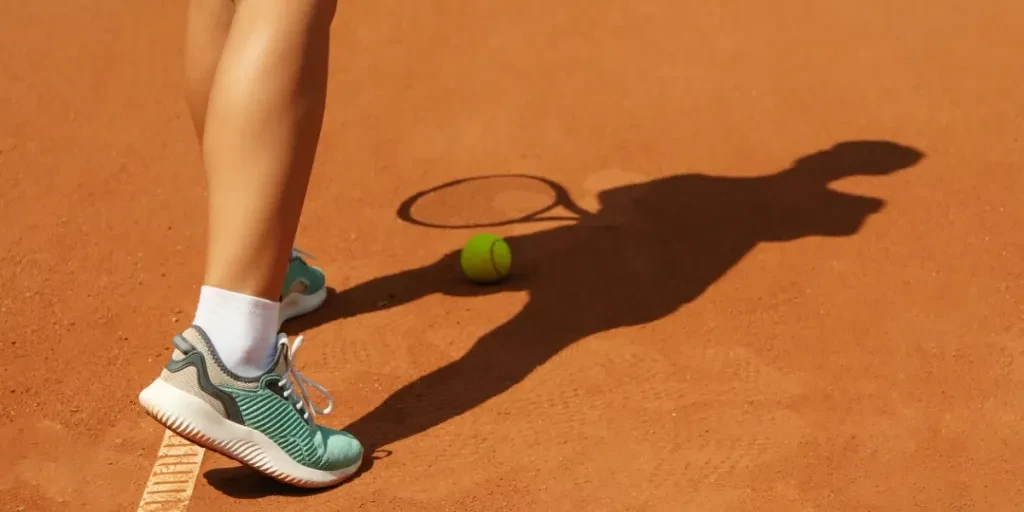
Cushioning and Support Technologies
Cushioning and support are critical components of any high-performance tennis shoe. Advances in cushioning technology have led to the development of shoes that provide superior shock absorption, reducing the impact on the player’s joints and muscles. This is particularly important for hard court surfaces, which can be unforgiving on the body.
Modern tennis shoes often feature multi-layered cushioning systems that combine different materials to achieve the perfect balance of comfort and support. For instance, some shoes use a combination of EVA and TPU in the midsole to provide both cushioning and stability. The EVA foam offers a soft, cushioned feel, while the TPU adds durability and support.
Support technologies have also seen significant advancements. Many tennis shoes now incorporate features such as reinforced heel counters, arch support, and midfoot shanks to provide additional stability and prevent injuries. These features help to keep the foot in the correct position, reducing the risk of overpronation or supination, which can lead to injuries.
Breathability and Moisture Management
Breathability and moisture management are essential for maintaining comfort during long matches. Tennis shoes with breathable uppers, made from materials like synthetic mesh or knit, allow for better air circulation, keeping the feet cool and dry. This is particularly important for hard court play, where the surface can become hot and cause the feet to sweat.
Moisture-wicking technologies have also been integrated into modern tennis shoes. These technologies help to draw moisture away from the foot, preventing the build-up of sweat and reducing the risk of blisters and other foot problems. According to a professional report, some shoes even feature antimicrobial treatments to prevent the growth of bacteria and keep the shoes fresh.
Comfort and Safety: A Priority
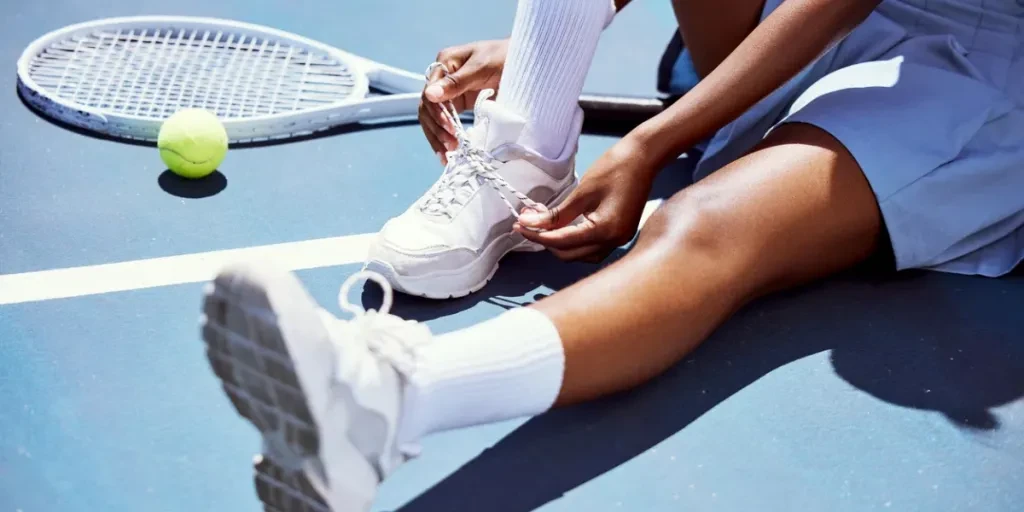
Ensuring Maximum Comfort for Athletes
Comfort is a top priority for athletes, and modern tennis shoes are designed with this in mind. The use of advanced cushioning systems, breathable materials, and ergonomic designs all contribute to a more comfortable fit. Additionally, many tennis shoes now feature customizable fit options, such as adjustable lacing systems and removable insoles, allowing athletes to tailor the fit to their individual needs.
The importance of comfort extends beyond just the physical aspects of the shoe. Psychological comfort, or the confidence that comes from knowing one’s equipment is reliable and supportive, is also crucial. Athletes who feel comfortable and confident in their shoes are more likely to perform at their best.
Safety Features to Prevent Injuries
Safety is another critical consideration in the design of tennis shoes. Hard court surfaces can be particularly demanding on the body, and the risk of injuries is always present. To mitigate this risk, modern tennis shoes incorporate a range of safety features designed to protect the foot and ankle.
Toe protection is one such feature, with many shoes featuring reinforced toe caps to prevent injuries from sudden stops and starts. Additionally, the use of durable materials in the upper and outsole construction helps to protect the foot from external impacts.
Ankle support is also a key consideration, with many tennis shoes featuring high-top designs or additional padding around the ankle to provide extra stability. This helps to prevent ankle sprains and other common injuries associated with hard court play.
Customization and Personalization
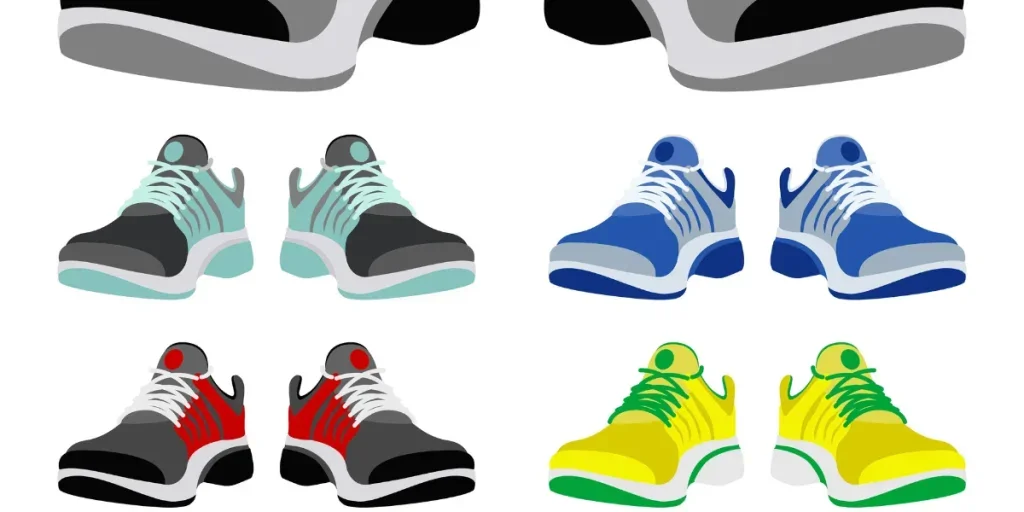
Tailoring Shoes to Individual Needs
Customization and personalization have become increasingly important in the world of sports footwear. Athletes have unique needs and preferences, and the ability to tailor their shoes to meet these needs can significantly enhance their performance and comfort.
Many modern tennis shoes offer customizable fit options, such as adjustable lacing systems, removable insoles, and interchangeable cushioning inserts. These features allow athletes to fine-tune the fit and feel of their shoes, ensuring they get the support and comfort they need.
Popular Customization Options
Popular customization options for tennis shoes include personalized color schemes, custom insoles, and even bespoke shoe designs. Some brands offer online customization tools that allow customers to design their own shoes, choosing everything from the color of the laces to the type of cushioning used in the midsole.
According to a professional report, the trend towards customization is also evident in the growing popularity of limited edition and collaboration models. These shoes often feature unique designs and materials, making them highly sought after by both athletes and collectors.
Conclusion
The hard court tennis shoe market continues to evolve, driven by advancements in materials, design, and technology. As athletes demand more from their footwear, manufacturers are responding with innovative solutions that enhance performance, comfort, and safety. The trend towards customization and personalization further underscores the importance of meeting individual needs and preferences. Looking ahead, the future of hard court tennis shoes promises even greater innovation, with new materials and technologies set to revolutionize the industry.



